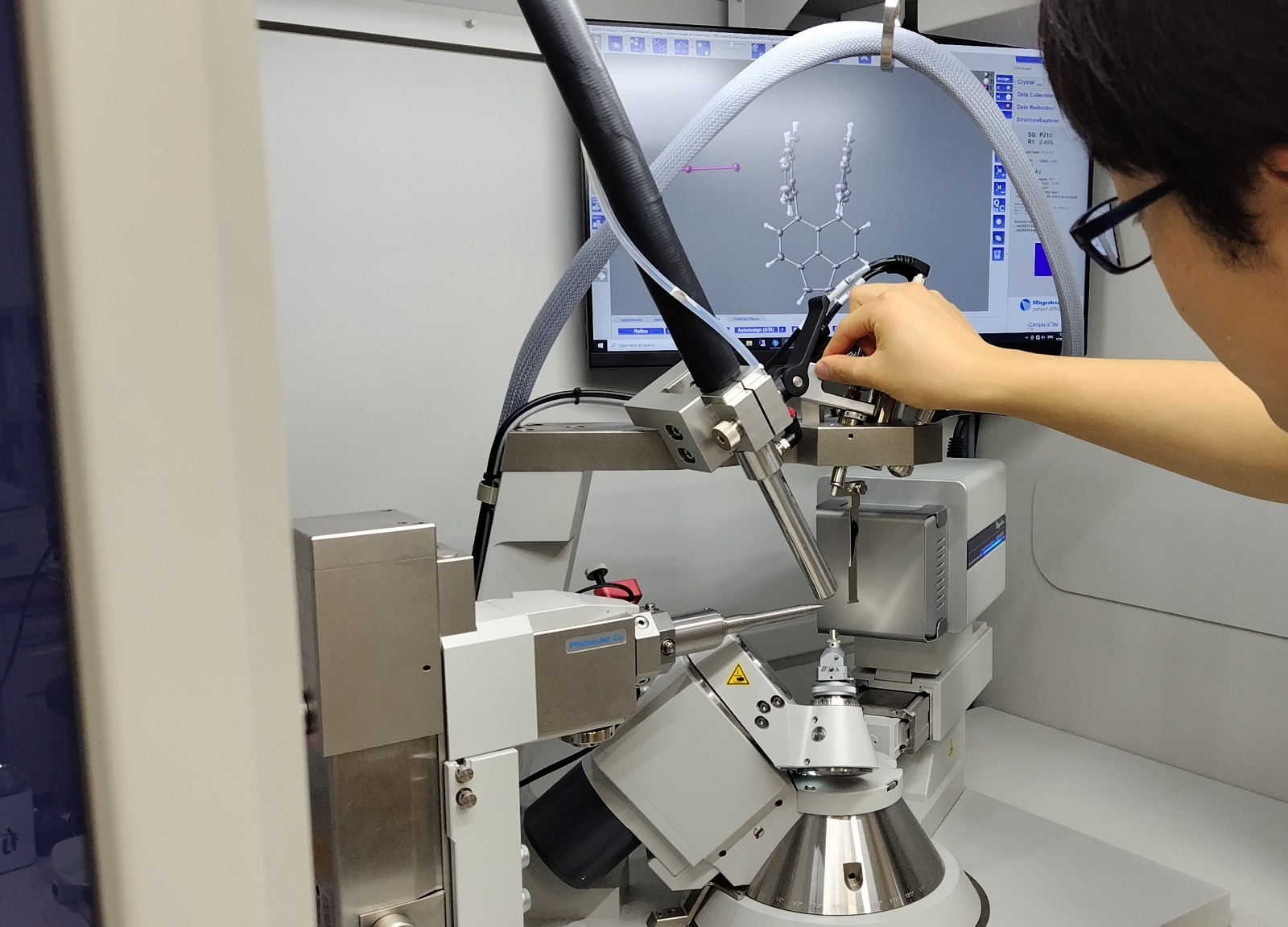We can not
move through time, looking at future scenarios, but we can travel in space.
Climate is changing, bringing severe repercussions on ecosystems and
environments. In the case of forests, causes and consequences are tied with
double strings: climate changes could affect forestry equilibrium and forestry impairment
could enhance climate change, since they play an important role in carbon
fixation.
In order to paint future scenes, scientists could assess forests' condition by taking
some common trees (Pinus, Quercus and Eucalypt) as models and moving through
latitudes with different climate scenarios. Since South Africa is exposed to a
warmer and drier climate than Europe currently is, this could help to forecast
the European situation if climate change predictions hold true.
The project Climate Fit Forests, founded by Seventh European FP with 205,800 €, has gathered together
scientists from different countries (Germany, Switzerland, Italy and South
Africa), studying carbon dioxide dynamics and their impacts on forests' growth,
when climate conditions change because of latitude.
When climate changes, the carbon dioxide fixation in phytomass could be altered with consequences for both volume production and wood quality. In this context, Climate Fit Forests collected data could increase our knowledge in carbon dioxide fixation, as well as it could help in forests management for economic and livelihoods purposes, not only assessing wood quality but also evaluating gas emission during wood processing operations.
The final goal is the creation of tools for governments to assure management facilities for forest under the threat of climate change. The simulation tools will help in forest system’s dynamics forecasting (in terms of biomass accumulation and distribution in the course of climate change), and in estimating carbon dioxide emissions by forest operations.
Platforms for forest's changes monitoring
Forests are at the same time sinks and sources of carbon dioxide. They absorb carbon dioxide through photosynthesis, store it as carbon and release it through respiration, decomposition and combustion. In this perspective, deforestation is among the largest sources of carbon dioxide production, covering the 17 percent of the global greenhouse gas emission by humans or approximately 5.8 Gt of carbon dioxide equivalent (CO2-e), per year.
FAO, with
the “Forest monitoring and assessment” project and in collaboration
with the UN-REDD programme, has launched on 10th
October a OPENForis Collect software, able to collect and
analyse data about woodlands extension, number of species, and quality of
trees. The new tools simplify the complex process of transforming raw data
(e.g. tree measurements or satellite imagery) into valuable information.
The programme, involving for the moment 20 tropical and equatorial countries,
allows to calculate changes in trees resources, in carbon pools and in
biodiversity.
By making countries aware about how much forests they have or how much carbon they can lose with deforestation, this approach will encourage in finding better policies able to preserve forests and, as a consequence, to counteract climate change and food insecurity. In fact, there are four main mitigation strategies in the forest sector: reducing emissions from deforestation and from forest degradation, enhancing forest carbon sinks and product substitution (using of wood instead of fossil fuels for energy and wood fibre in place of materials such as cement, steel and aluminium).
The 2011-2015 UN-REDD strategy for forest preservation in developing countries will be implemented in a new roadmap spanning from 2016 to 2020, based on national policies and action strengthening. During these days, the consultative strategy development process has been closed, after an online and regional consultation. This will contribute to the development of a successful 2016-2020 UN-REDD Programme strategy.
Saving the carbon dioxide sinks of Europe
Forest destruction is a threat not only for developing countries. According to a new study published in the journal Regional Environmental Change, also European carbon dioxide sinks run the risk of being destroyed. By 2090, the area burned by forest fires could increase by 200 percent because of climate change, throwing tons of carbon dioxide into the atmosphere. Since more the 95 percent of forests fires are caused by humans, the prevention could significantly reduce the phenomenon.
For this reason, European Community funded from 2010 FIRESMART, a project to set a more pan-European approach to fires prevention. Fire prevention knowledge from different European nations has been gathered together, in order to identify strengths, weaknesses and knowledge gaps and to create a network among stakeholder involved in forestry. Comparing data of European Forest Fire Information System and Global Fire Emissions Database and the created model, the paper on journal Regional Environmental Change, estimates that prescribed burnings and improved fire suppression could be two elective methods to counteract European forest destruction.


